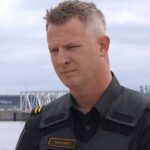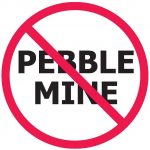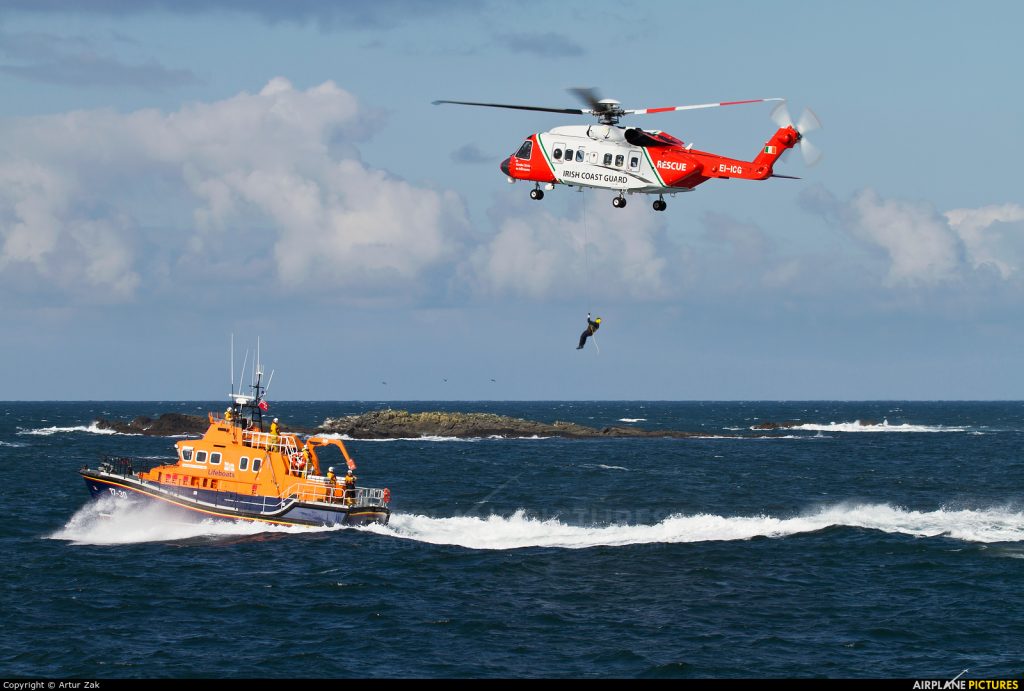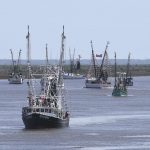Tag Archives: Jim Ford

This fisherman is determined to fight the rising tide of government quotas
There’s another species in the ocean that is slowly disappearing. This one doesn’t have fins, but orange waders, heavy rubber gloves, and fishing tackle. It’s the commercial fishermen. The industry they work in is being choked by what fishermen say are unmanageable fines and regulations. Jim Ford of Lisa Ann Fisheries is one of those still standing. Fewer and fewer boats are going out to sea, to Ford’s dismay. While there used to be dozens of draggers going out of Newburyport, he’s now the only fisherman doing it full-time — pulling a net or trawling the rocky seabed to scoop up his catch. Ford, 47, disagrees that the sea is being depleted.,, On his 52-foot fiberglass boat, Lisa Ann III, Ford typically steams out at midnight for a three-hour trip to Jeffreys Ledge with two crewmen on deck and a federal observer — a third-party ombudsman — to monitor overfishing. click here to read the story 13:53
Electronic Monitoring versus At Sea Observers – Technology buoys fishermen devastated by cod’s collapse
 By the end of this year, NMFS wants groundfish fishermen to pay for their own “at-sea monitors,” the independent observers who collect data on bycatch and ensure fishermen follow the rules..”It’s the people that we’re dealing with that we trust,” said . “I know that John is trying to do the best he can, and I know the people he’s got working for him are trying to do the best they can.” As for the rest of NOAA? “Would you trust someone who has screwed you nonstop your whole life?” he said. “Thirty-five years ago, I thought it was different. I don’t anymore.” Read the rest here 12:09
By the end of this year, NMFS wants groundfish fishermen to pay for their own “at-sea monitors,” the independent observers who collect data on bycatch and ensure fishermen follow the rules..”It’s the people that we’re dealing with that we trust,” said . “I know that John is trying to do the best he can, and I know the people he’s got working for him are trying to do the best they can.” As for the rest of NOAA? “Would you trust someone who has screwed you nonstop your whole life?” he said. “Thirty-five years ago, I thought it was different. I don’t anymore.” Read the rest here 12:09
Your View: Electronic at-sea monitoring and the ‘observer dilemma’ – Frank Mirarchi, Jim Ford
 The human monitoring program is outdated, expensive, and in need of an overhaul, but not eradication. Without an effective monitoring program, managers have no idea whether the fish caught and fish discarded are staying under the hard “biologically safe” annual catch limit prescribed by fisheries scientists. If the at-sea program were not eliminated, but instead replaced with electronic monitoring (EM), the entire program would work better for fishermen. Read the rest here 08:14
The human monitoring program is outdated, expensive, and in need of an overhaul, but not eradication. Without an effective monitoring program, managers have no idea whether the fish caught and fish discarded are staying under the hard “biologically safe” annual catch limit prescribed by fisheries scientists. If the at-sea program were not eliminated, but instead replaced with electronic monitoring (EM), the entire program would work better for fishermen. Read the rest here 08:14











































